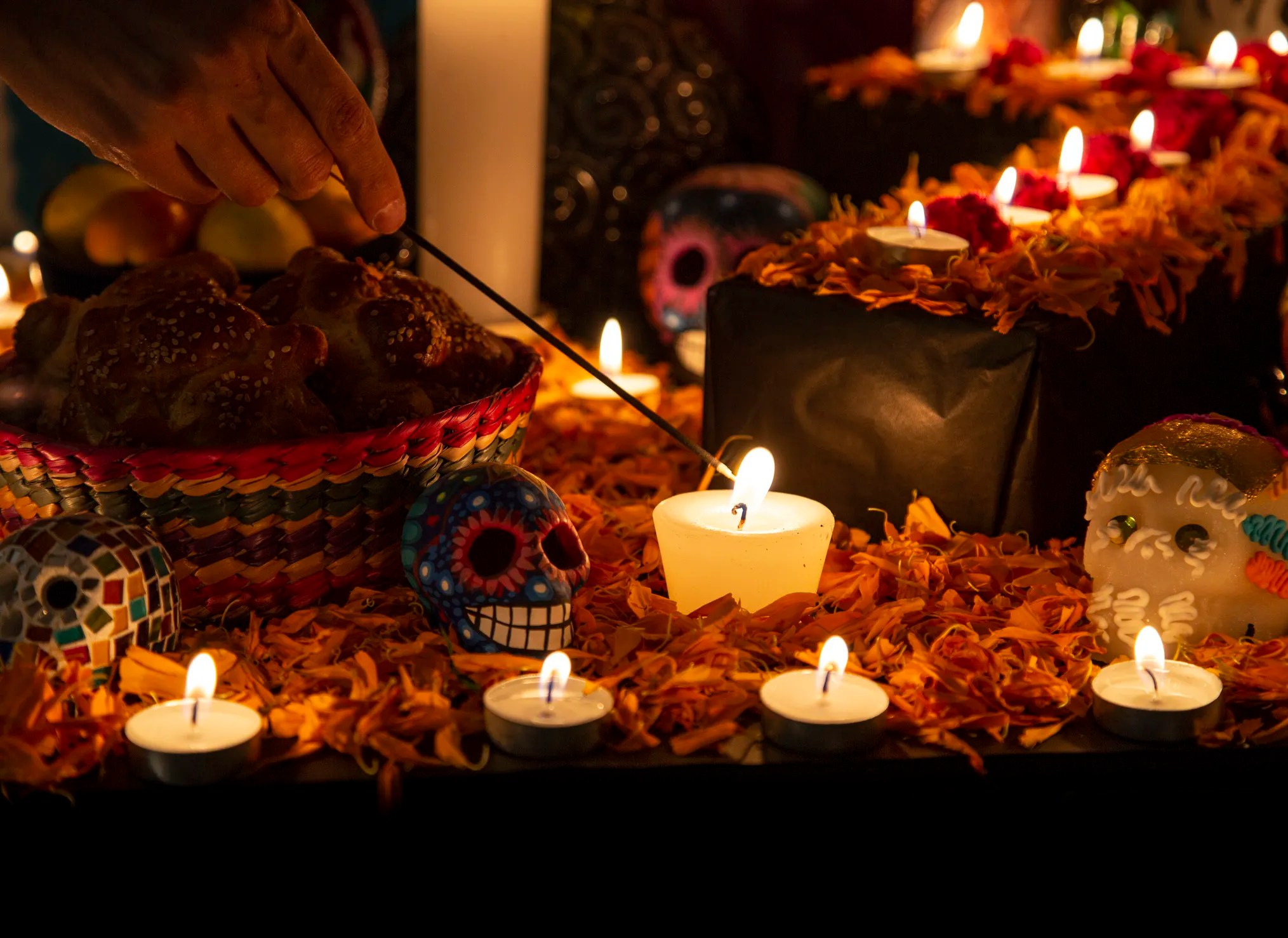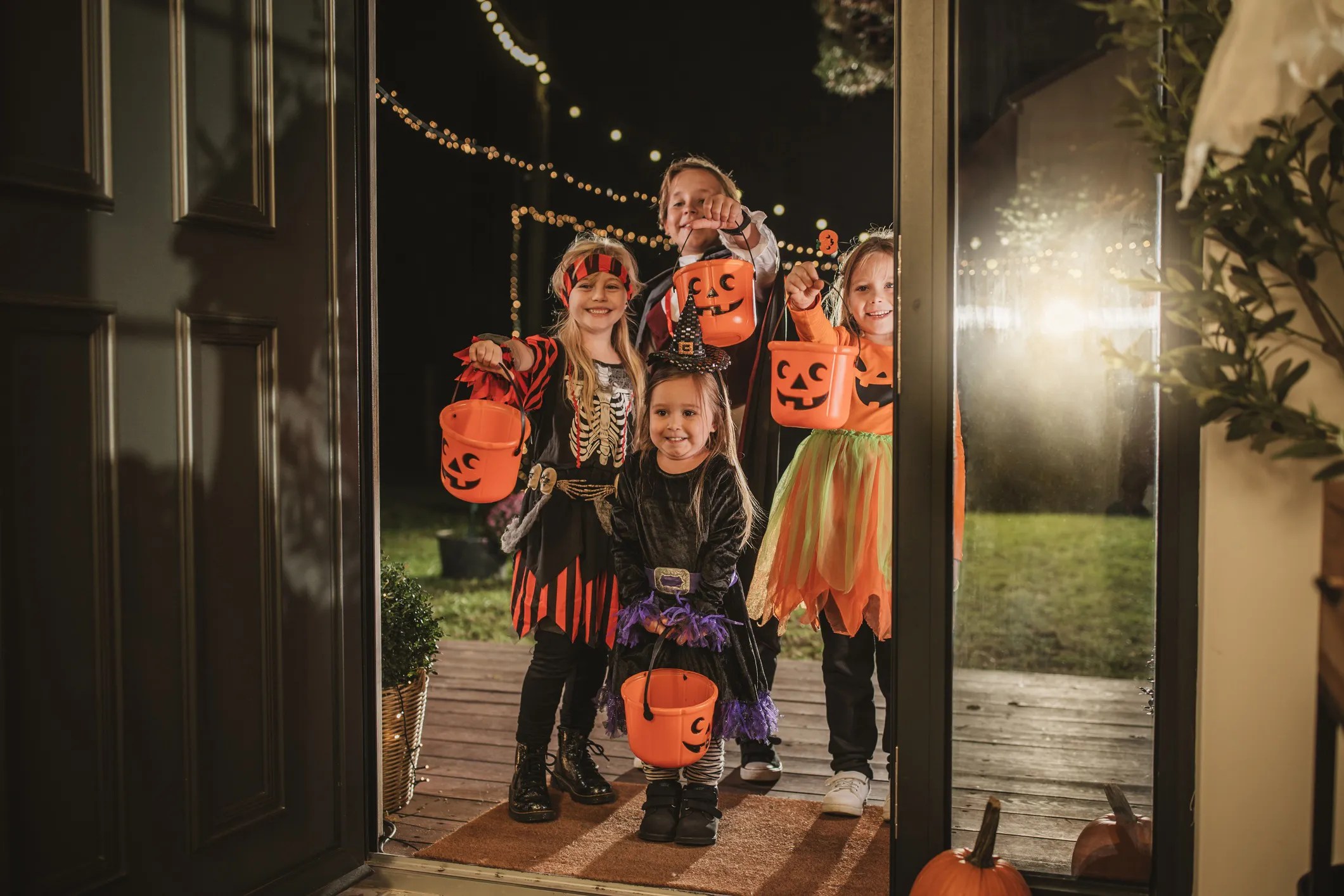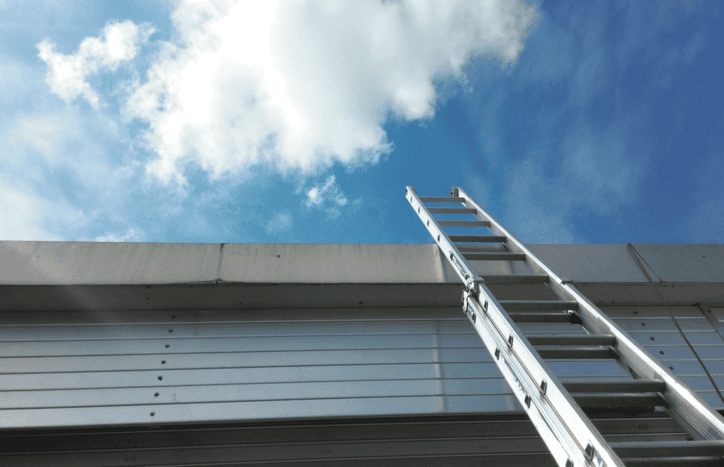Spooky Halloween Traditions & What Standards Say About Them

While Halloween is all about bending the rules—costumes, frights, tricks—there is a serious side hiding in the shadows: safety and quality standards. SDOs (Standard Developing Organizations) like IEC (International Electrotechnical Commission), ISO (International Organization for Standardization), and ASTM International exist to assure the consumer products that make Halloween ghastly are still safe, reliable, and consistent. Let’s take a spooky trip around the world and peek at Halloween and similar traditions.
Mexico – Día de los Muertos (Day of the Dead)
El Día de los Muertos (The Day of the Dead) is a multi-day holiday that involves family and friends gathering to pay respects and remember friends and family members who have died. According to tradition, the gates of heaven open at midnight on October 31 and the spirits of children can rejoin their families for 24 hours, and the spirits of adults can do the same on November 2nd. Families create elaborate altars (ofrendas) with candles, food, and sugar skulls to guide the spirits of deceased loved ones back to the world of the living by illuminating their path and to represent the element of fire.
While traditional wax candles on ofrendas hold deep cultural significance, they pose real fire risks, especially around flammable decorations or in public spaces. The IEC 60598 series of standards for luminaires, such as IEC 60598-1 Ed. 10.0 b:2024, IEC 60598-2-1 Ed. 2.0 b:2020, and IEC 60598-2-2 Ed. 4.0 b:2023, sets lighting safety and performance requirements for luminaires: an electric light source for operation from supply voltages up to 1000 V. By mimicking the warm glow of real flames without the danger, electric LED candles, when built to comply with IEC 60598, offer a safer alternative to open flame candles and thus are a great alternative for fire-conscious observances of tradition.
Ireland – The Origin of Halloween (Samhain)
The Halloween holiday has its roots in the ancient Celtic festival of Samhain: a pagan religious celebration to welcome the harvest at the end of summer, when people would light bonfires and wear costumes to ward off ghosts. Samhain marked the end of the harvest and the beginning of winter, celebrated around November 1st. It was a time when the boundary between the worlds of the living and the dead was believed to be thinnest, allowing spirits to pass through. Key traditions included lighting large bonfires, making offerings to appease spirits, and wearing costumes to disguise themselves from otherworldly beings, which are the roots of modern Halloween celebrations.
ASTM D1230-25 details a test method for the evaluation of the flammability of textile fabrics as they reach the consumer for apparel—meaning the materials used in everyday apparel, costumes, and even that DIY wizard robe you stitched together the night before Halloween. This standard plays a critical role in assessing how quickly a fabric will ignite and burn when exposed to a small open flame. ASTM D1230-25 measures ignition time, flame spread, and whether the material continues to burn after the flame is removed. These are vital metrics when you are talking about costumes worn by excited kids (or adults) darting around candles, jack-o’-lanterns, bonfires, or incense burners—all common sights at Halloween, fall festivals, and traditional Samhain events.
Japan – Obon Festival
Obon (or Bon) is an annual summer festival in Japan where people honor their ancestors and the spirits of the dead, typically celebrated from July 13th–16th or August 13th–16th. The festival involves families returning to their ancestral homes to clean graves, make offerings of food and incense, and light lanterns to guide ancestral spirits back to the living world. Traditions also include festive bon odori dances, placing floating lanterns on water to guide ancestral spirits, and family gatherings, making it an essential time for family reunions and paying respect to past generations.
While Obon is a peaceful, spiritual celebration, it also introduces a very real fire safety concern, especially when children or large crowds are involved in lantern-lighting ceremonies. This is where ASTM F2417-24 (Fire Safety for Candles) becomes unexpectedly relevant. Though developed primarily for commercial candles, its principles can be extended to any open flame used in public settings or around flammable materials—like handmade paper lanterns, kimonos, or nearby foliage. After all, a festival meant to honor the dead should not accidentally endanger the living.
USA – Trick-or-Treating
Trick-or-treating in the USA originated from European traditions of going door-to-door for treats, which merged with local customs in the 19th century. It evolved from a 1920s-30s practice of neighborhood mischief into a widespread, family-friendly tradition by the mid-20th century, popularized as a way to redirect Halloween pranks into a more organized activity. The phrase “trick-or-treat” emerged as a playful threat where children would perform tricks if they did not receive treats.
During trick-or-treating, children dress in costumes, wear, masks, and carry props—often running from house to house in the dark, on uneven ground, and near candles, decorations, or even traffic. In the U.S., the U.S. Consumer Product Safety Commission (CPSC) classifies items like costumes and masks as toys if they are marketed primarily for children 12 and under. ASTM F963-23 is a comprehensive standard that covers safety requirements for toys intended for use by children under 14; it includes testing for flammability, sharp edges, toxic substances, and choking hazards.
Similarly, the international standard ISO 8124-1:2022 applies to any product clearly intended for play by children under 14, which includes many costume accessories, swords, wands, shields, and plastic pumpkins used during Halloween. These standards can help assure that trick-or-treating is not just fun—it is also safe, especially for younger children who might not recognize hidden hazards in their spooky gear.

Germany – Walpurgisnacht
Walpurgisnacht (or Walpurgis Night) is a German festival on the night of April 30th that has been likened to a “spooky” Halloween due to its roots in pagan traditions and folklore about witches. It is a celebration of spring that includes traditions like lighting bonfires to ward off evil spirits and modern festivities with costumes, pranks, and dancing. The name “Walpurgisnacht” comes from Saint Walpurga, an 8th-century abbess, and in folklore, it is the night when witches are believed to gather on Brocken Mountain for a sabbath.
Walpurgisnacht, a traditional spring festival, can significantly benefit from the application of ISO 20121:2024: the international standard for sustainable event management. Although rooted in folklore and seasonal rituals, modern celebrations often involve large gatherings, bonfires, music, and public festivities that can have notable environmental and social impacts. By integrating ISO 20121:2024 principles, organizers can assure that these events are managed responsibly—reducing waste, minimizing carbon emissions, supporting local economies, and promoting community inclusivity. This approach not only helps preserve the cultural heritage of Walpurgisnacht but also aligns it with contemporary sustainability goals, assuring the festival remains relevant and respectful of both people and the planet.
China – Hungry Ghost Festival
The Hungry Ghost Festival is a Chinese tradition observed on the 15th day of the seventh lunar month, when it is believed that spirits, or “hungry ghosts,” wander the earth. To honor them and show respect, people make offerings like food and burn paper effigies of money, clothes, and other items to provide for the deceased. Celebrations include public performances like opera to entertain the spirits and the lighting of lanterns to guide lost souls.
During China’s Hungry Ghost Festival, it is customary to burn large amounts of joss paper (spirit money) and incense as offerings to ancestors and wandering spirits. While deeply rooted in tradition, these practices can raise environmental concerns, particularly related to air quality, particulate emissions, and waste. The principles outlined in ISO 14001:2015—an international standard for environmental management systems—can offer guidance here. This standard emphasizes reducing environmental impact, improving air quality, and managing waste more sustainably.
Romania – Dracula Tourism
Dracula tourism in Romania involves tours and visits to various sites related to the fictional Dracula and the historical figure Vlad the Impaler, including Bran Castle (the “home” of Dracula), Vlad’s birthplace in the Sighisoara Citadel, and the ruins of Poenari Fortress. These tours capitalize on the myth to attract tourists to Transylvania, blending history with the supernatural theme.
Romania’s Dracula Festival often features thrilling tours and immersive experiences that take visitors through dark castles, eerie forests, and spooky historical sites tied to the Dracula legend. Assuring these adventures are both safe and high-quality is crucial, and that is where standards like ISO 21101:2014 and ISO 9001:2015 come in.
ISO 21101:2014 focuses on adventure tourism safety, providing guidelines to manage risks, emergency preparedness, and participant well-being during potentially hazardous activities—perfect for navigating haunted castles or nighttime forest tours. Meanwhile, ISO 9001:2015 assures a consistent, customer-focused quality management system is in place, helping organizers deliver a reliable, well-organized experience that meets visitors’ expectations. Together, ISO 21101:2014 and ISO 9001:2015 can help balance the thrill of the unknown with the reassurance of professionalism and safety.
Italy – All Souls’ Day
In Italy, on November 1st and 2nd, people celebrate All Saints’ Day and All Souls’ Day. This celebration is known as La Festa di Ognissanti, and it is a feast to celebrate all of the saints of the Catholic calendar. The holiday is about honoring the dead with visits to cemeteries.
During La Festa di Ognissanti (All Saints’ Day) in Italy, families visit cemeteries to honor the deceased, often cleaning and decorating gravestones that hold both personal and historical significance. As many of these gravestones are made from materials like limestone, standards such as ASTM C568/C568M-15, which specifies requirements for the quality and durability of limestone, become increasingly relevant—especially when these markers age into historical artifacts or tourist attractions. Applying such standards helps ensure proper preservation, restoration, and respectful maintenance of these culturally significant stones, protecting both their structural integrity and heritage value for future generations.
Haiti – Fèt Gede (Festival of the Dead)
Fèt Gede is Haiti’s Festival of the Dead: a vibrant celebration honoring ancestors. It takes place on November 1st and 2nd, while overlapping with Christian observances. In Haitian Vodou, this is a festive event with processions, drumming, and dancing, often involving spiritual possessions where celebrants embody the spirits known as Gede. Offerings of rum, spicy food, and other gifts are made to the spirits, who are believed to protect the living in exchange
Cultural sensitivity is crucial when engaging with Fèt Gede, a festival that blends Voodoo traditions with Catholic practices and sometimes involves animal sacrifices. Respecting the beliefs and customs of the community while acknowledging ethical concerns requires a thoughtful approach. ISO 26000:2010—an international standard social responsibility—can provide valuable guidance by promoting respect for cultural diversity, ethical documentation, and responsible communication. This standard encourages stakeholders to honor the festival’s cultural significance while fostering understanding and respect on a global scale, helping to preserve its traditions without imposing external judgments.
Philippines – Pangangaluluwa
Pangangaluluwa is a traditional Filipino folk custom, often described as a Filipino version of “trick-or-treating,” where children and teenagers dress up and go door-to-door on All Hallows’ Eve (October 31) and All Saints’ Day (November 1) to sing songs for the dead. The tradition is similar to caroling; people go house to house singing for souls in purgatory. In exchange for their songs, which plead for alms to help lost souls in purgatory, they receive gifts of food like kakanin (rice cakes) or money.
During Pangangaluluwa it is critical to assure the safety of kakanin. ISO 22000:2018 provides a comprehensive food safety management framework that any organization or individual involved in the food chain—whether small home producers or local vendors—can follow to consistently deliver safe and hygienic kakanin. Applying this standard helps protect participants from foodborne illnesses, assuring that these cherished treats remain a safe and delicious part of the cultural celebration.
Final Thoughts on Halloween Traditions and Standards
Halloween and similar global traditions delight in the eeriness, chaos, and unknown. Standard developing bodies bring order to the chaos, quietly working behind the scenes to keep us safe—even when we are pretending to be witches, goblins, and monsters.
So, this Halloween, light your lanterns with care, wear flame-retardant costumes, and know that even ghouls and ghosts might appreciate a little standardization in their day to day lives.






